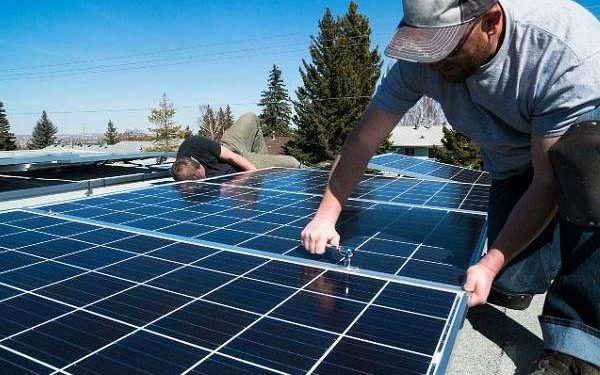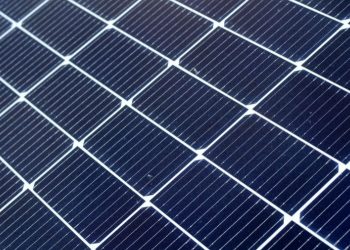Research explores wildfire smoke’s effect on solar power generation across US
by Clarence Oxford
Los Angeles CA (SPX) Jan 10, 2025
New findings from Colorado State University reveal that while wildfire smoke increasingly blankets vast areas of the United States, its impact on long-term solar power generation remains relatively minimal.
Published in Nature Communications, the study highlights that reductions in average photovoltaic solar output due to wildfire smoke are typically modest, except in regions directly surrounding active fires where dense smoke plumes prevail. Despite recent intense wildfire seasons, photovoltaic power generation has shown stability across the U.S., even during extreme events.
The CSU-led team employed a mix of modeled and historical data spanning multiple wildfire seasons to assess baseline solar resource changes linked to smoke. Postdoctoral Fellow Kimberley Corwin, the paper’s lead author, emphasized the importance of the findings as the nation seeks to expand solar energy’s contribution to its energy mix from 3% to 45%.
“There has been similar research into specific events – particularly around the larger fires in California. Our work, however, goes further and quantifies the effects over large timescales and geographies,” Corwin explained. “We show there are significant impacts to solar power resources near these fires, but that when smoke is transported farther away, as we have seen in the Midwest and along the East Coast recently, it presents much less of a concern in terms of prolonged solar losses. That has implications for where upcoming facilities should be placed for long-term efficiency as well as stability with the grid.”
The research team focused on the effects of smoke on Global Horizontal Irradiance (GHI) – a measure of total solar energy reaching the Earth’s surface, including both direct and scattered sunlight. GHI is particularly relevant to flat-plate photovoltaic systems, which dominate U.S. solar energy production.
To contextualize their findings, the team analyzed daily case studies from the highly active 2020 wildfire season in California and the quieter 2019 season. These were complemented by monthly and yearly aggregations of smoke impacts at state, regional, and national levels. Advanced satellite-based tools, such as the NOAA Hazard Mapping System Smoke product, helped the researchers measure impacts across varying scales.
The study noted that while smoke plumes from fires in California, Colorado, and Oregon in 2020 reached the East Coast, their effect on solar power was largely transient. “While you do see large reductions close to active fires, that drops off quickly with distance,” Corwin said.
“Substantial losses are specific to the area directly around the fire where the smoke column is denser and therefore blocks more of the light. Meanwhile, the impact of the large, transported plumes that can linger for days but are dilute, is relatively modest compared to the average solar resource change you may see under other conditions. The decreases from transported smoke are only about 5% and – in some places – even less than 2% versus the average in low smoke years.”
Improved battery storage could further mitigate short-term disruptions caused by wildfires, Corwin added. Enhanced storage capacity would enable operators to rely on reserves instead of turning to natural gas to offset temporary power deficits near fire zones.
Corwin initiated this research as part of her doctoral studies in Atmospheric Sciences under Professor Emily Fischer. Her work was supported by funding from NASA, a CSU Food-Energy-Water Systems graduate program, and the CSU SoGES GCRT grant. Co-authors include CSU’s Jesse Burkhardt, Amit Munshi, and Fischer.
Professor Fischer called Corwin’s work a “critical step in understanding the full implications of climate-driven increases in wildfire smoke.” She added, “This paper, and the other chapters of Kimberley’s dissertation, have radically expanded our understanding of how smoke impacts the light at the ground needed for photosynthesis, solar power generation, and also the impacts on other aspects of air quality.”
Research Report:Solar energy resource availability under extreme and historical wildfire smoke conditions
Related Links
College of Engineering at CSU
All About Solar Energy at SolarDaily.com


















